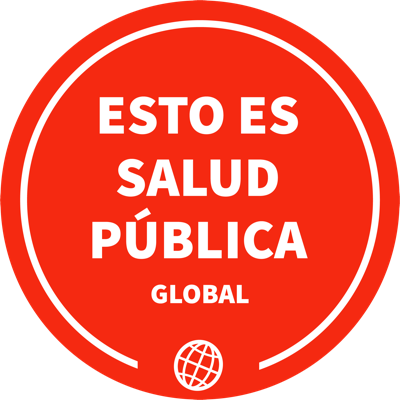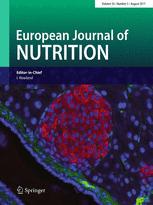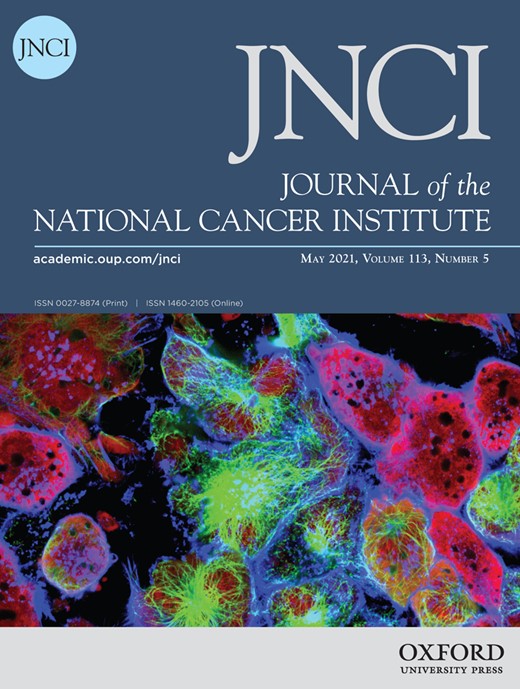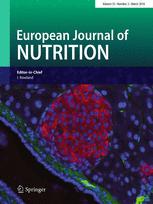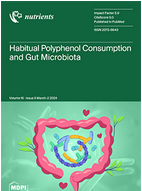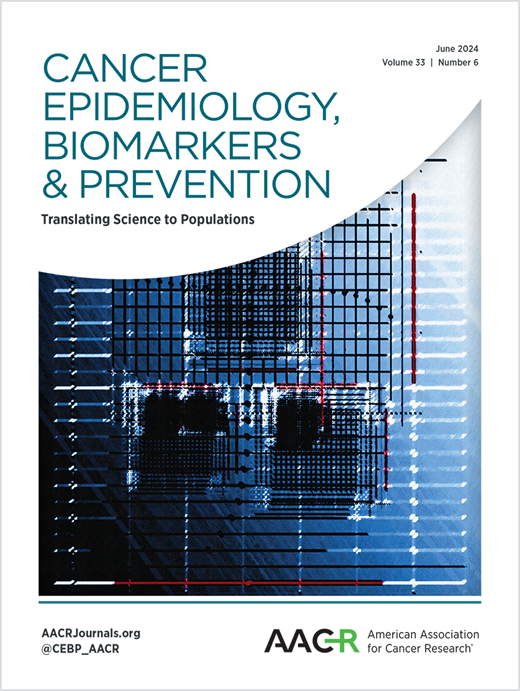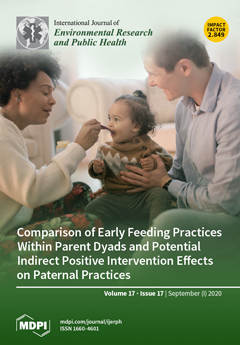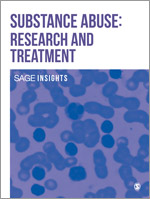Nutrient-wide association study of 92 foods and nutrients and breast cancer risk
Background Several dietary factors have been reported to be associated with risk of breast cancer, but to date, unequivocal evidence only exists for alcohol consumption. We sought to systematically assess the association between intake of 92 foods and nutrients and breast cancer risk using a nutrient-wide association study. Methods Using data from 272,098 women participating…


